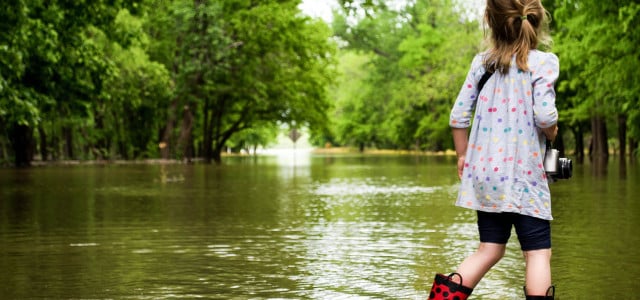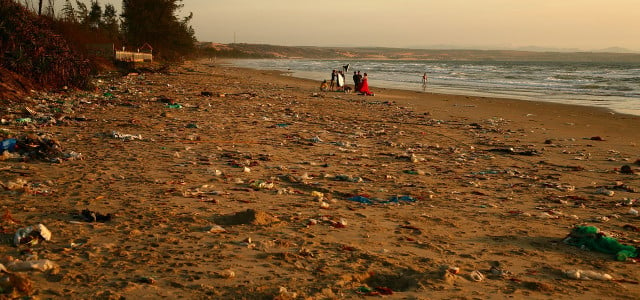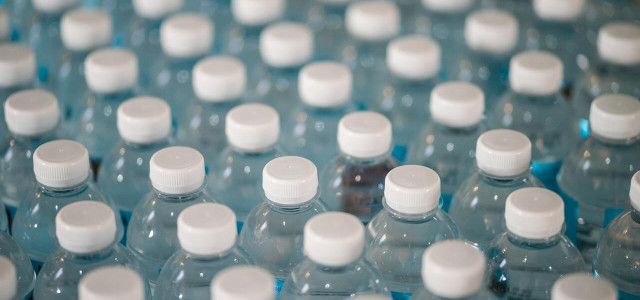The impact of the climate crisis on kids cannot be denied — and it's growing. Find out how their health, well-being and futures are under threat.
The impact of the climate crisis on kids is staggering. UNICEF describes it as a “child rights crisis,” and they may be right. A systematic review of 2970 original articles, reviews and other documents has determined that the climate crisis impacts kids by challenging their right to survival, good health, well-being, education and nutrition. This is because children have become exposed to the risks of climate change across almost all aspects of their lives.
At this point, the effect of the ongoing eco-disaster on the planet is well documented. Increased greenhouse gasses are leading to higher temperatures, more intense weather systems, widespread droughts and more. Coming generations of children will be subjected to a lot of challenges — with lower-income families at the highest risk.
Research shows that the younger generations will continue to face extreme events predicted to rise in frequency, intensity, duration and spatial extent over the coming decades. According to the Environmental Protection Agency (EPA) and others, this will result in increased:
- Respiratory illnesses
- Water-Related illnesses
- Heat illnesses
- Insect- and tick-related diseases
- Mental health effects
- Food system impacts
The Climate Crisis Impacts How Many Babies are Born
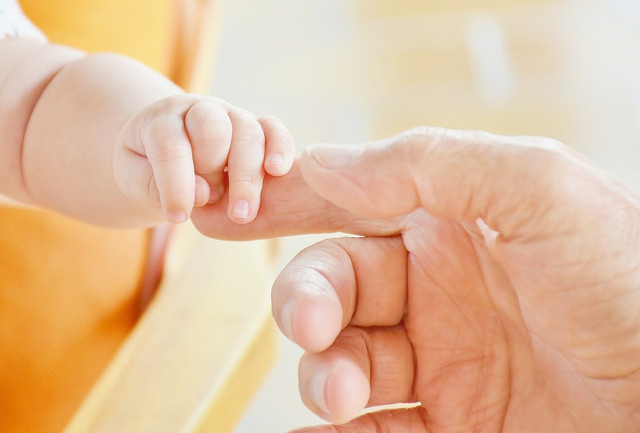


(Foto: CC0 / Pixabay / RitaE)
The first striking impact the climate crisis is having on kids is their numbers. According to a 2021 Pew Research Center survey, 5% of childless adults say they would not have children because of climate change and the environment.
A study investigating the most effective individual actions to combat climate change found that having one less child is the leading way to reduce emissions — and many young people are listening. The next-best actions you can take are selling your car, avoiding flying, and going vegetarian.
Reasons people are choosing not to have children include:
- They fear more humans will worsen the situation
- They fear that extreme weather and other effects of climate change will continue
Findings from a separate survey of 607 Americans between the ages of 27 and 45 found that:
- 59.8% of respondents reported being “very” or “extremely concerned” about the carbon footprint of having children
- 96.5% of respondents were “very” or “extremely concerned” about the well-being of their existing, expected or hypothetical children in a climate-changed world
Having fewer children may help reduce emissions, but what is the impact of the climate crisis on kids that are already born?
Impact of the Climate Crisis on Kids' Air



(Foto: CC0/ Unsplash/ Myriam Ziles.)
According to experts, burning fossil fuels has created a “crisis of air pollution.” Burning fossil fuels releases massive amounts of airborne fine particles, sulfur dioxide, nitrogen oxides and other volatile agents, exposing one billion children worldwide to high levels of dangerous chemicals every day.
When these chemicals are exposed to sunlight and heat from global warming, more harmful toxins are released into the air. Fossil fuels are just one of many human activities that contribute to air pollution and drive the climate crisis.
According to Harvard:
- Carbon dioxide emissions, wildfires and global warming combined are causing increased allergies, respiratory disease and asthma.
- Air pollution accounts for 20% of newborn deaths worldwide.
- Thousands of children under the age of five die prematurely each year from lower respiratory infections caused by air pollution from burning fossil fuels.
Children aren’t just exposed to contaminated air. They inhale more of it because they breathe faster than adults and spend a lot of time outdoors playing. Even indoor air can be heavily contaminated. Concentrations of some toxins can be two-to-five times higher than typical outdoor concentrations.
Check out our article on how to clean air naturally and why your home needs it to find out how to reduce your child’s — and your own — health risks.
Impact of the Climate Crisis on Kids' Water Supply
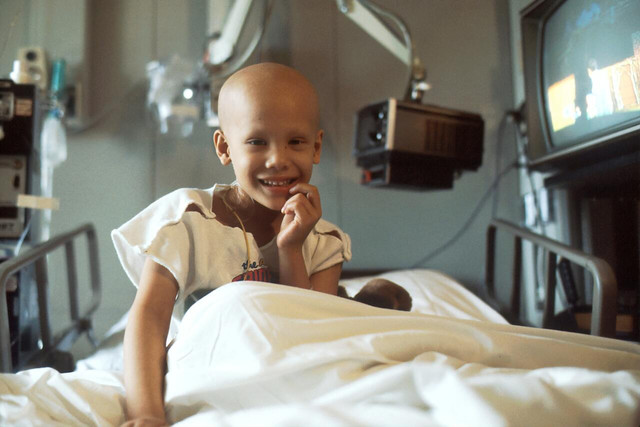


(Foto: CC0/ Unsplash/ National Cancer Institute.)
Climate change impacts kids through their water, too. If they escape drought, they can be at risk of drinking water contaminants if climate change persists.
Heavier rainstorms and flooding increase surface runoff that can carry pollutants, dirt, pesticides and other toxins into water supplies. These contaminants are associated with a range of serious diseases and disorders, from childhood cancers to neurodevelopmental issues.
Increasing water temperatures also encourage the growth of microbes and harmful algae that can cause infections and diseases if children swim in or play near them. The rising temperatures may also extend the swimming season in many regions, increasing exposure even further.
Children can be uniquely susceptible to the health consequences of water contamination due to greater hydration needs and their tendency to swallow water while swimming.
If you would like to know more about water contamination, check out our article on 10 causes of water pollution and what you can do and make sure you aren’t making any mistakes that keep everyone from saving water.
Impact of the Climate Crisis on Kids' Food Security
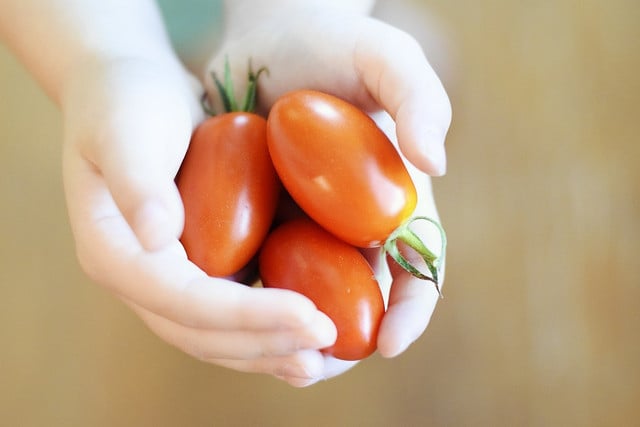


(Foto: CC0 / Pixabay / Davies_Designs)
Climate change may worsen childhood malnutrition and health all over the world by altering growing conditions, particularly in areas already suffering from food insecurity. It will also impact the lives of the children whose parents rely on these growing conditions to survive.
Millions are facing starvation across Kenya, Somalia and Ethiopia as the Horn of Africa endures a major drought, and a record number of people are facing food insecurity worldwide. According to the World Food Project, Climate catastrophes destroy lives, crops and livelihoods, undermining people’s ability to feed themselves. It warns that a combination of climate extremes, economic instability, war and soaring fertilizer prices has caused:
- A record 349 million people across 79 countries facing acute food insecurity — up from 287 million in 2021.
- More than 900,000 people worldwide fighting to survive in famine-like conditions, 10 times more than five years ago.
- The cost of delivering food assistance has reached an all-time high.
Diminishing water supplies, floods and extreme weather, and the increased prevalence of diseases and pests exacerbate food shortages. Rising temperatures also increase the water needs of plants and soils but reduce water availability. Add to this that water contamination is also expected to rise — directly impacting crops and the health of children who eat them.
While major food security disparities exist between Global South and Global North, American children are also at risk of climate-related malnourishment and insecurity. Research suggests that in view of the wealth gap in the US, an emphasis on food access and availability is necessary to reduce risk. Rural food-insecure populations are often disconnected from actual food production, and lower-income families are at increased risk.
The World Food Project’s monthly operating costs are already $73.6 million above its 2019 average. This 44% increase could have previously fed 4 million people for a month. The project says the increased rationing it has been forced to implement is tantamount to taking from the hungry to feed the starving.
Impact of the Climate Crisis on Kids and Critters
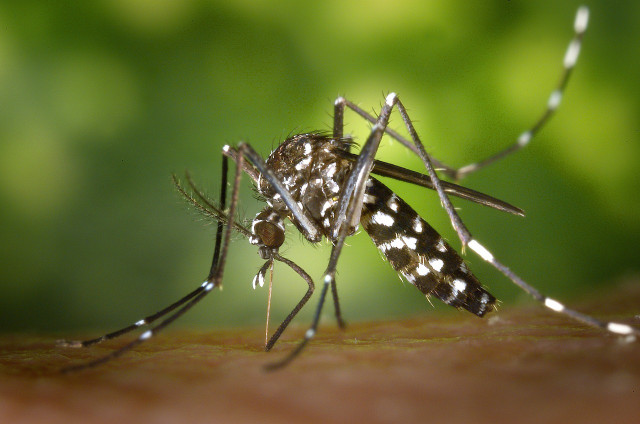


(Foto: CC0 / Pixabay / WikiImages)
The impact of climate change on kids doesn’t stop at threatening their basic human needs and physical health. It also increases their risks of insect-related (or vector-borne) disorders because insects are moving to new climates they didn’t live in before.
Climate change is seeing expanding habitat ranges of ticks and increasing mosquito breeding and subsequent biting rates. Malaria, dengue fever and tick-borne diseases like Lyme disease are on the rise. Complications from these vector-related diseases are higher in children.
Experts warn that:
- The black-legged tick, a carrier of Lyme disease, has been expanding north into Canada as annual temperatures rise.
- Mosquitoes that carry dengue, malaria and zika are also growing their range due to global warming and higher rainfall.
- Floods are associated with outbreaks of diarrheal diseases, particularly dangerous for infants and young children.
- The mold that grows in flooded homes can trigger allergies.
Impact of the Climate Crisis on Kids' Socio-Economic Health



(Foto: CC0/Unsplash/ Aymane So.)
When it comes to the impact of the climate crisis on kids, demographics, social and economic factors play a massive role. Certain regions are already heavily affected, and millions of children are suffering as climate change forces families into poverty and homelessness.
Unjustly, the countries that have contributed the least to climate change — are suffering the most.
The Middle East and North Africa (MENA) are home to the most vulnerable children when it comes to climate change, according to UNICEF. The MENA region is warming faster than the global average. It is predicted that some areas will see increased dust storms that will damage children’s respiratory health. Other regions will endure drought and desertification, rendering them uninhabitable and causing children to lose their homes.
The planet is likely to see mass migration as it heats up and waters rise. 143 million people are predicted to be forced into migration by rising seas, drought, searing temperatures and other climate-related events.
Impact of the Climate Crisis on Kids' Mental Health
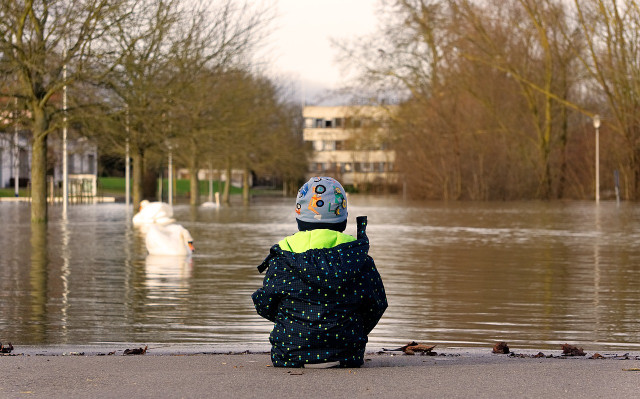


(Foto: CC0 / Pixabay / distelAPPArath)
When we look at the impacts of the climate crisis on kids, it’s no surprise that their mental and emotional health is also affected. Research highlights that children are experiencing a wide range of negative emotions about climate change, including anxiety and worry.
Eco-anxiety is a real threat to our upcoming generations. It causes kids to experience depression, anxiety and extreme emotions like sadness, anger and fear. Those whose lives are tied to the land — like Indigenous communities — are particularly impacted.
Children can experience trauma and loss arising from major storms, fires and other catastrophes. Harvard warns that this will lead to higher rates of anxiety and post-traumatic stress, eventually contributing to chronic illnesses later in life.
Protecting Kids from the Impact of Climate Change
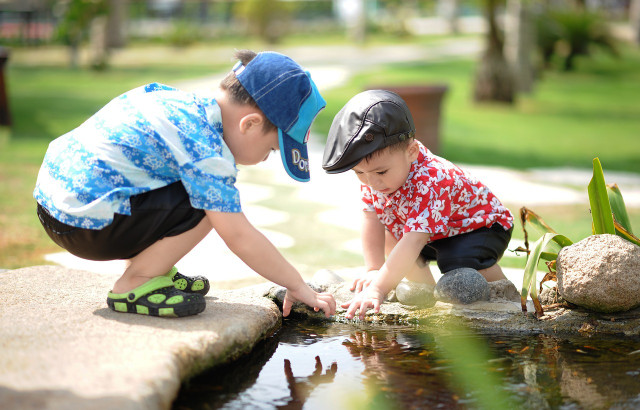


(Foto: CC0 / Pixabay / HaiBaron)
We can all contribute to reducing the impact of climate change on kids. Finding ways to reduce your carbon footprint, learning more about carbon emissions in the US and what we have to change and checking out some environmental organizations and NGOs and non-profits worth supporting are good places to start.
Educate your child about climate change to reduce eco-anxiety and improve preparedness in the event of a natural disaster. Reassure them about ways to prepare for a winter storm. Teach the young people in your home how to pack a sustainable go-bag and where one is kept in the home.
Reassurance, education and steps toward having a greener footprint will all protect your child from the impact of climate change. Finding out about practical steps you can take will also help. The EPA provides the following tips:
- During hot temperatures, keep kids cool, encourage them to drink enough and observe for signs of dehydration.
- Have children exercise earlier in the day when it is cooler outside.
- Never leave children in a parked car.
- Wear UV protection when outdoors.
- Check the Air Quality Index and pollen counts on your local weather reports — as well as wildfire, smoke and ash warnings.
- When the air quality is poor, consider limiting time outdoors.
- Protect indoor air quality.
- Prevent mosquito bites by cleaning up any free-standing water where mosquitos like to reproduce. Or try some natural repellents.
- Dress children in long-sleeved shirts and long pants to prevent ticks and check skin after being outdoors.
- Talk to your pediatrician if you think your child’s health or well-being has been affected by climate change.
Read more:
- What Does “Endangered” Mean? A Closer Look
- 6 Solutions to Deforestation and What You Can Do
- Terra Preta: What’s So Special About Amazonian Dark Earths?
Do you like this post?






